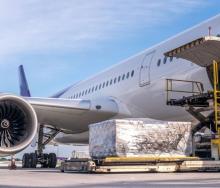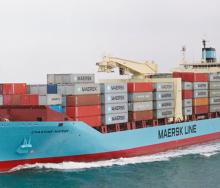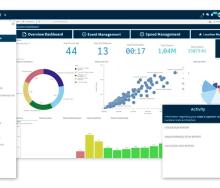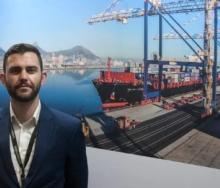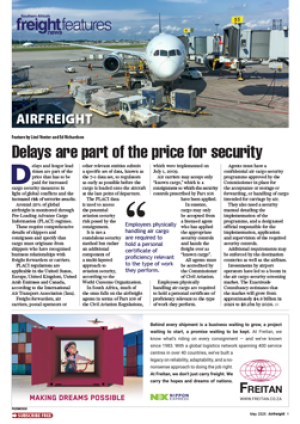Danish shipping line Maersk has implemented a new set of guidelines on stowage of dangerous goods aboard its container vessels.
They are expected to minimise the risk to crew, cargo, environment and vessel in case of a fire. The line has reviewed container vessel designs and defined six different risk zones defined under the new guidelines.
According to a Maersk statement, cargo covered under the International Maritime Dangerous Goods Code will no longer be stowed next to accommodation and the main propulsion plant – defined as the zone with the lowest risk tolerance.
Risk tolerance below deck and in the middle of the vessel will be labelled as low, while the risk tolerance will be higher on deck (fore and aft). By using statistics on container fires recorded in the Cargo Incident Notification System, the shipping line was able to define which United Nations (UN) numbers of hazardous materials could be stored in each risk zone.
The new guidelines, aimed at improving safety across the fleet, were developed following the tragedy aboard the Maersk Honam in March this year where five crew members lost their lives when a fire broke out in the cargo hold where dangerous cargo was being held.
“All cargo aboard Maersk Honam was accepted as per the requirements of the International Maritime Dangerous Goods Code and stowed on board the vessel accordingly,” said Maersk fleet technology head, Ole Graa Jakobsen. “Despite this, as the fire originated in a cargo hold in front of the accommodation which held several containers with dangerous goods, it had an unbearably tragic outcome.
“This clearly showed us that the international regulations and practices with regard to dangerous goods stowage need to be reviewed in order to optimally protect crew, cargo, environment and vessels.”
Following the Honam fire, Maersk – along with the American Bureau of Shipping (ABS) – held a workshop with industry stakeholders in order to conduct a comprehensive hazard identification study, evaluating over 3 000 UN numbers of hazardous materials in order to understand and improve dangerous cargo stowage. This led to the creation of Maersk’s Risk Based Dangerous Goods Stowage principles which were presented to the International Maritime Organisation and the Danish Maritime Authorities and implemented across more than 750 of the shipping line’s vessels.
In coming months, Maersk intends to undertake a review of best management practices for dangerous goods stowage with participation from industry players such as ABS, Lloyd’s Register and the National Cargo Bureau. Once complete, the findings will be published and presented to the IMO.
“Container ship fires are a problem for our entire industry and we intend to share and discuss our learnings from this thorough review within relevant industry forums,” added Jakobsen.
The root cause of the fire aboard the Maersk Honam has still not been confirmed and the investigation into the incident is ongoing.



